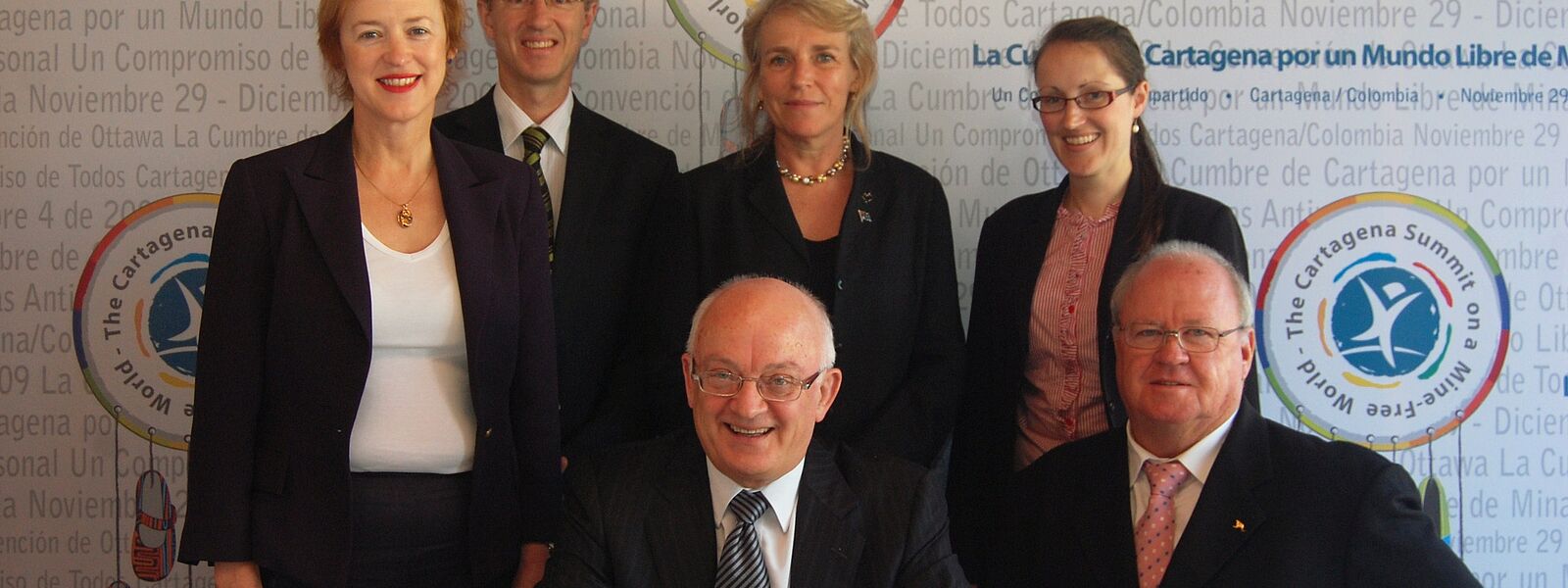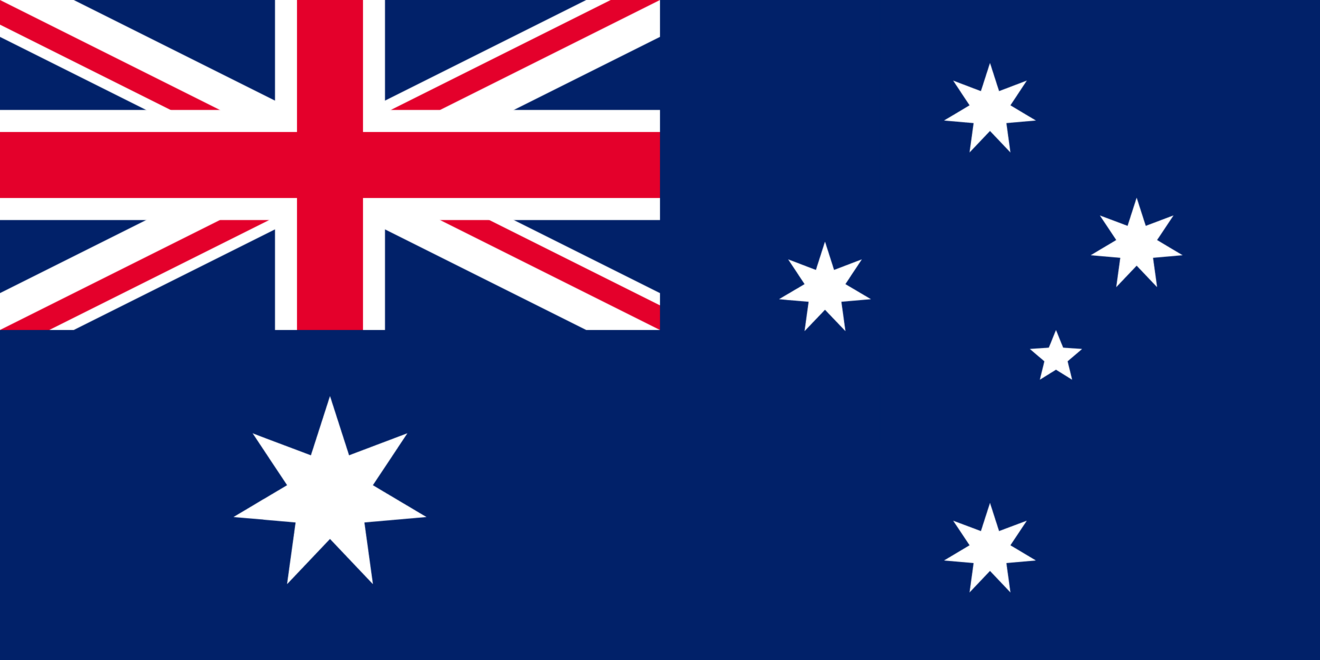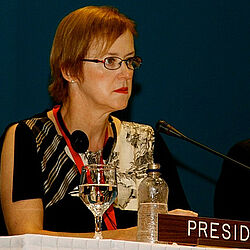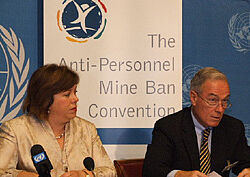
Australia
Australia signed the Convention on 3 December 1997, ratified it on 14 January 1999, with the Convention entered into force for Australia on 1 July 1999.
Obligations under the Convention
Notwithstanding the obligation to destroy all stockpiled anti-personnel mines, the Convention permits the retention of the minimum number of anti-personnel mines absolutely necessary for the development of and training in mine detection, mine clearance, or mine destruction techniques.
In its initial transparency report submitted on 23 December 1999, Australia reported having retained anti-personnel mines for these permitted purposes. These mines were used for training requirements, including the destruction and disposal of anti-personnel mines, mine awareness and countermine training, and research into the effects of anti-personnel mines, primarily conducted by the School of Military Engineering.
As of 2016, Australia reported no longer holds stocks. Australia further reported that it "now uses alternative technologies in order to continue to train for mine location, identification and neutralisation."
In its transparency report submitted on 21 May 2001, Australia reported that it had completed the destruction of all stockpiled anti-personnel mines.
In total, Australia reported having destroyed 134,621 anti-personnel mines.
Australia has not reported any areas under its jurisdiction or control in which anti-personnel mines are known or suspected to be emplaced.
Article 6 of the Convention indicates that “Each State Party in a position to do so shall provide assistance for mine clearance and related activities […], the care and rehabilitation, and social and economic reintegration, of mine victims and for mine awareness programs […], the destruction of stockpiled anti-personnel mines, […] with a view to ensuring the full and prompt implementation of agreed assistance programs.”
In this regard Australia routinely engages in such cooperation and assistance. The latest statement on Article 6 for this State Party can be found on this page.
Annually and no later than 30 April, each State Party is to update information covering the previous calendar year. The latest Article 7 reports for this State Party can be found on this page.
Each State Party is to take all appropriate legal, administrative and other measures, including the imposition of penal sanctions, to prevent and suppress any activity prohibited to a State Party under this Convention undertaken by persons or on territory under its jurisdiction or control.
Australia has reported having established national implementation measures or that it considers existing legislation to be sufficient.
Presidency of the 7MSP
Australia held the Presidency of the Convention in 2006. H.E. Caroline Millar, Permanent Representative of Australia to the UN in Geneva led the work of the States Parties as President of the 7MSP.
Ambassador Millar, was the second woman to preside over a Meeting of the States Parties since the Convention began its formal proceedings in 1999.

View, download photos and/or videos of Australia during Convention-related activities on Flickr.
Latest Views and Updates
- IM25 5 Coop Australia19 June 2025English
- IM23 5 Coop Australia21 June 2023English
- 8PC Sponsorhsip Coordinator Australia24 March 2023English
- 20MSP 10c Coop Australia22 November 2022English
- 19MSP 10c Coop Australia18 November 2021English
- 18MSP 9c Coop Australia19 November 2020English
- IM20 9 Sponsorship Australia1 July 2020English
- 5PC Australia25 February 2020English
- 16MSP 11c Committee Cooperation and Assistance Australia21 December 2017English
- IM17 04 Cooperation and Assistance Australia8 June 2017English
- IM25 8 22MSP Australia as Sponsorship Coordinator20 June 2025English
- IM25 6 Compliance Australia19 June 2025English
- 10PC Sponsorship Programme Coordinator12 March 2025English
- 5RC 8eiv Implementation Support Australia29 November 2024English
- 5RC First Preparatory Meeting 8 Australia20 January 2024English
- 21MSP 8 General Statements Australia24 November 2023English
- 21MSP 10h Sponsorship Programme Australia24 November 2023English
- IM23 8 21MSP Australia Sponsorship21 June 2023English
- IM22 10 20MSP Preparations Sponsorship Programme - Australia22 June 2022English
- 7PC Australia Sponsorship Coordinator1 March 2022English
- IM21 Sponsorship Australia22 June 2021English
- 2021-6PC-Australia-SponsorshipCoord23 February 2021English
- 2021-6PC-Sponsorship-Appeal10 February 2021English
- 18MSP 9hii Sponsorship Australia20 November 2020English
- 5PC Sponsorship Coordinator25 February 2020English



